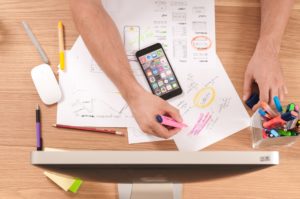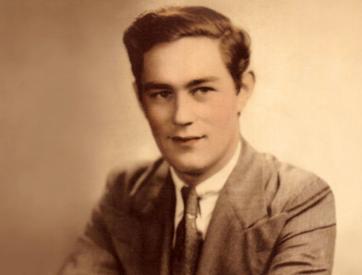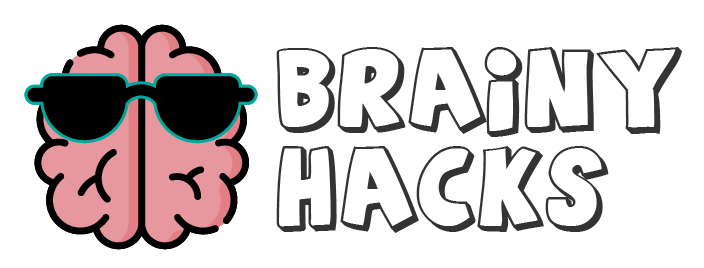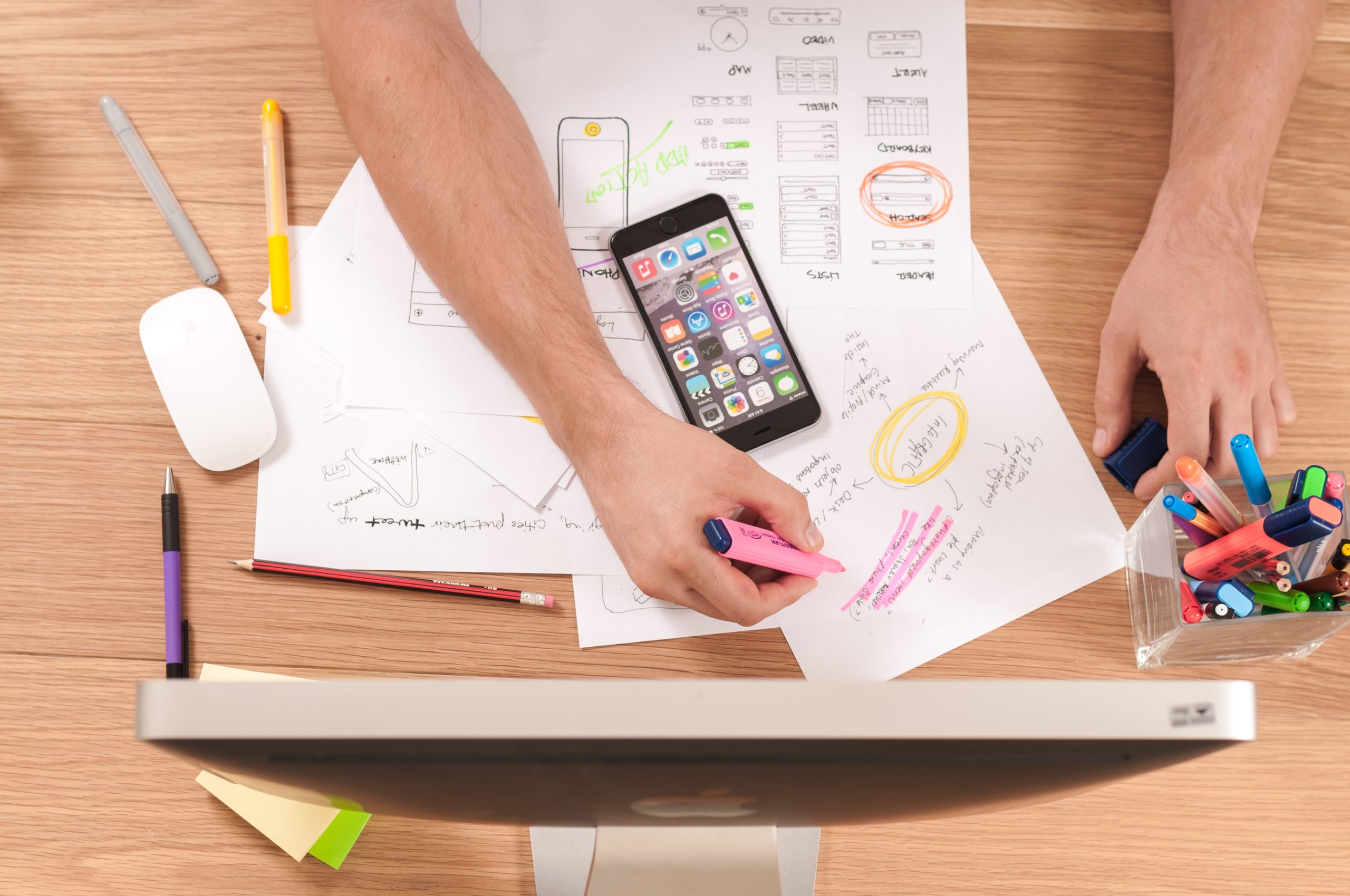After more than twenty years since the Decade of the Brain (1990–2000) [1], brain research is finally in the spotlight concerning educational policymaking. Teachers, parents, and even students themselves are looking for neuroscientific findings when it comes to effective learning strategies. Can brain research really help us design better classroom environments, implement more productive learning techniques, and enhance students’ learning potential by teaching us how we learn?
In this article, we’ll present some fundamental findings regarding the development of the brain, memory, and environmental factors that significantly impact learning. Equipped with this knowledge, readers can then make better decisions regarding their learning strategies or habits.

One case in point of how brain-based knowledge improves learning concerns sleeping patterns. Matthew Walker in his best-seller book “Why we Sleep?” [2] cites several experimental studies that support the notion of night owls vs early birds. When we look at the neurobiology of sleep, we’ll see that hormones controlling sleep pressure (feeling ‘sleepy’) peak at slightly different times for different people. To translate this in the context of learning, some students will benefit more if they study in the morning while others later at night.
The example above wonderfully illustrates the power of brain research – explaining cognitive mechanisms in a personalized manner that can be easily adopted in education. Let’s try and uncover more.
Table of Contents
What is Learning?
Before we take a peek at some of the contemporary theories of how we learn, let’s try and define learning as a phenomenon. Sure, we all have a good idea of learning as a phenomenon in general, but what is learning in a neuropsychological sense?
There are a few levels on which we can talk about learning. Colloquially, learning is the acquisition of knowledge through experience. Psychologists would say that we can define learning functionally as changes in behavior that result from experience [3]. Finally, neuroscientists would zoom in even deeper and say that learning is а change in the receptivity of nerve cells brought by changes in synaptic connections (synaptic plasticity) [4].
For the purpose of this article, we’ll talk about learning from a neuroscientific perspective.
We understand that this last definition might be too technical and confusing, but once you get the hang of basic neuroscientific terminology, you’ll see that the principles themselves are easy to understand. Plus, we’ll make sure to explain everything in simple terms.
For instance, we can also say that learning, for neuroscientists, is when there’s a change in the way brain cells typically respond to stimuli due to structural changes in the way they’re connected.
Understanding when, how, under which conditions, and why these changes happen, allows scientists to draw precise conclusions of how we learn behind the curtains of what we can see in behavior.
Have you ever wondered what happens in the brain when we learn a new language? How do we learn new words (almost subconsciously)? Why does a catchy song instantly get stuck in our mind but we can’t seem to remember the new math equations no matter how hard we try?
If you have, then you’re already asking the same questions as these scientists. Let’s keep reading to find out what they have discovered so far.
What Happens in the Brain While Learning?
Skeptics might question whether we really need to know the neurological basis for learning in order to learn effectively. After all, we can be extremely good at learning new things, without knowing what learning is.
Consider riding a bike. Do we need to know what happens in the brain in order to learn to ride a bike? Of course not, but riding a bike (acquiring a skill) is procedural learning as opposed to acquiring a declarative memory (factual knowledge) about bike riding.
Thanks to psychology and brain research, we know that learning is not a unified phenomenon, and categories such as procedural and declarative knowledge exist. This helps teachers, parents, and students themselves to think about the type of their learning objectives and choose activities most suitable for them. For instance, you can’t learn to program by just opening a programming language console and starting to type – you need to read about the syntax of that programming language. And the opposite is true, you can’t learn to swim just by reading about swimming techniques – you need to get into a pool and practice.
What Have We Learned from H.M?
One of the most ground-breaking findings considering how we learn came from a patient known as H.M [5]. The story of H.M begins when he was a young boy with severe epilepsy seizures. To reduce the seizures he had surgery that involves removing both sides of the hippocampus (today known as the memory center of the brain). Because of the surgery, H. M. was unable to form new memories anymore, or so it seemed. He couldn’t learn a list of words, what he watched or read a couple of minutes ago, or remember the new people he met.

However, an interesting phenomenon was discovered when scientists figured out that H.M. can still learn new skills – he just doesn’t remember learning them. For instance, when he practiced a specific task, he became better with time although each time he believed that’s the first time he’s performing the task.
Propositional and Declarative Knowledge
To scientists, this phenomenon indicated that the brain stores different kinds of information in different ways [6]. More specifically, it seemed like there’s a distinction between “knowing how” and “knowing that.” The former is what we call today procedural knowledge, which is basically like a series of instructions for an operation (skill or action). Characteristically, propositional knowledge is almost impossible to verbalize. Think of running, swimming, riding a bike, drawing, dancing, etc. Can you explain the knowledge that allows you to perform these actions impeccably?
“Knowing that” is declarative knowledge [7] that consists of what we typically mean when we say we study or learn something. It consists of facts and propositions about people, objects, and everything else in the world where we live. A good example of declarative knowledge is the statement “The sun rises in the East and sets in the West.”
Processing Knowledge: Learning Mechanisms
Propositional and declarative knowledge, today considered two distinct memory systems, tell us that the brain processes actions (performance) and information in different ways (or different locations). This distinction has its implications in learning because different types of neurons might be involved whether we learn a skill or studying our history lesson. A good example of this is the mirror neurons found in motor cortices of the brain, which are believed to be involved in learning through imitation and associative learning through development [8].
However, speaking generally, the basic neurobiological principles of learning are believed to apply to all types of learning. Take neuroplasticity, for example. Neuroplasticity refers to the brain’s ability to change itself, without which learning would be impossible. It’s the first mechanism thanks to which the brain learns new behaviors [9].
Therefore, with this ability of the brain to change itself, learning becomes a very specific change where the connections between the neurons in the brain are strengthened. This can happen in two ways. First, existing connections are stronger when the first neuron is able to activate the second neuron much more easily. Second, the connection between neurons can become stronger with the growth of new synapses (more connecting sites).
The principle of strengthening neuronal connections as a basis for learning is also known as the “Hebbian Learning Principle.”
“Neurons that fire together, wire together.” – Donald Hebb
On a behavioral level, this translates to repetition with attention. The more you practice (while paying attention to the task at hand), the better you become at it because the connections in your brain strengthen and the message transmission becomes faster and more efficient. Also, the more you repeat certain information over time, the easier it will be to recall it later.
To give you a helpful analogy, think of a well-defined trail in the middle of a forest. It becomes smoother and more visible the more it is walked over. And, if you were to walk through a forest without trails, your journey would be very slow and maybe even unsuccessful – just like the first time we try out a new skill or hear a new piece of information.
Now you might be thinking: “But, I can learn many things almost effortlessly and without repeating it…,” and you’ll be right. There are many internal and external factors that influence the strengthening of neural connections i.e learning. Some of these factors include genetics, early childhood experiences, critical periods, emotions, motivation, attention, familiarity/frequency in the environment, etc. We’ll discuss how each of these factors affects learning in a separate article.
The Foundations of Learning
By now, you’re well aware that while talking about learning we were referring to memory concepts many times. The reason for this is that memory and learning have a very strong relationship. In fact, one might even question: “Can learning be reduced to simply forming new memories?”
Unfortunately, it’s not that simple. As we’ve seen in the previous paragraph with the case of H.M, we don’t need memory to learn a new skill. However, memory is absolutely essential when it comes to declarative or factual knowledge. Without the ability to form new memories we can’t remember new people, read and remember a text, or even remember the day we just had. Therefore, we can say that learning encompasses memory, but it still is a separate and broader concept.
Learning and Memory
Learning and memory go hand in hand when we speak of declarative (factual) knowledge, which is what has gotten the most attention in cognitive sciences. This is why many books and studies explain how we learn by explaining how we form long-term memories.
For a long time it was believed that the hippocampus was the memory center in the brain, and while this is still partially true, today we see the hippocampus more like an operating center where ongoing experiences from daily life are encoded, filtered, stored temporarily, and then permanently stored in different areas of the cortex depending on their content [10].
This tells us that whether something becomes part of our long-term knowledge depends on how it gets processed in the hippocampus and whether it passes certain filters. Some of these filters are other mental processes such as attention, that facilitate the processing of new memory traces through the hippocampus or impair this process.
Unfortunately, researchers still don’t know the nitty-gritty details behind hippocampus activity and its relationship with other mental processes. There are still a lot of things we need to learn about learning and memory.
Learning and Sleep
We’ve covered a lot of ground in the process of how we learn. Neuroplasticity is clearly a prerequisite, memory is the essential system where new information is being processed and stored, while various mental processes act as filters or tools that mold what, to what extent, and how that new information is going to stay in our memory system.
However, another mental state seems to be crucial for learning, and that is sleep. There are still a lot of mysteries concerning the function of sleep, but new studies bring complete evidence to light that sleeping is when that freshly learned content is being consolidated into long-term memory. [11] Basically, sleeping is a very special state of mind during which the brain is incredibly active, changing its connections (strengthening and weakening) to better assimilate the new information with our previous knowledge.
Therefore, the mechanism underlying the close connection between learning and sleep becomes increasingly clear as brain research advances.
How To Choose The Best Learning Strategies for Your Brain?
The aim of this article is to help people learn better by understanding the neural mechanisms of how we learn – in line with the popular teaching methods of brain-based learning. Everything that we’ve covered so far can help you choose the right learning strategies for improving your academic performance or other learning objectives.
Three strategies we can directly derive from the text include repetition, spacing, and getting a good night’s sleep after learning.
From the other mental processes affecting how we learn we can infer additional strategies such as maximizing attention by balancing out studying vs. break cycles, contextualizing the new information so we can connect them with previous knowledge, and more.
Try different things and see what best works for your routine and personality. However, keep in mind that for different subjects (tasks or information), some strategies might prove to be better than others.
If you want to read more in detail about the best learning strategies supported by brain research, make sure to follow our blog.
Summary
Learning is a mental process through which our experiences change our brain and behavior. These changes are only possible due to neuroplasticity, the ability of the brain to make structural and functional modifications on neuronal connectivity. At each given moment in time, some connections in the brain get weaker, while others strengthen their relationships. The constant dynamics underlying learning is also referred to as Hebbian Learning (neurons that wire together, fire together).
However, the process of acquiring knowledge is not the same throughout the brain and for all types of learning. Thanks to patients such as H.M, scientists have learned a lot about the role of memory in learning and the brain’s organizational principles.
In recent years, sleep has also become relevant for learning processes, especially when talking about knowledge consolidation. However, more research is needed before we fully understand the complex relationship between all mental processes that shape learning.
For now, we can use this limited knowledge to improve our learning habits, make smarter decisions, and evaluate learning strategies more carefully.
References
- Library of Congress. (n.d.). Project on the Decade of the Brain. https://www.loc.gov/loc/brain/
- Walker, M. (2017). Why We Sleep: Unlocking the Power of Sleep and Dreams. Simon & Schuster.
- De Houwer, J., Barnes-Holmes, D. & Moors, A. What is learning? On the nature and merits of a functional definition of learning. Psychon Bull Rev 20, 631–642 (2013). https://doi.org/10.3758/s13423-013-0386-3
- Collins J. W. (2007). The neuroscience of learning. The Journal of neuroscience nursing : journal of the American Association of Neuroscience Nurses, 39(5), 305–310. https://doi.org/10.1097/01376517-200710000-00008
- Squire L. R. (2009). The legacy of patient H.M. for neuroscience. Neuron, 61(1), 6–9. https://doi.org/10.1016/j.neuron.2008.12.023
- Rosenbaum, D. (2009). Human Motor Control (2nd ed.). Academic Press.
- Ten Berge, T., & van Hezewijk, R. (1999). Procedural and Declarative Knowledge: An Evolutionary Perspective. Theory & Psychology, 9(5), 605–624. https://doi.org/10.1177/0959354399095002
- Kilner, J. M., & Lemon, R. N. (2013). What we know currently about mirror neurons. Current biology : CB, 23(23), R1057–R1062. https://doi.org/10.1016/j.cub.2013.10.051
- Kleim, JA, Jones, TA. (2008). Principles of experience-dependent neural plasticity: Implications for rehabilitation after brain damage. Journal of Speech, Language, and Hearing Research, 51, S225-S239.
- Thompson R. F. (1986). The neurobiology of learning and memory. Science (New York, N.Y.), 233(4767), 941–947. https://doi.org/10.1126/science.3738519
- Kelly Cappello, B.A. The Impact of Sleep on Learning and Memory. Chronobiology and Sleep Institute. www.shorturl.at/cgnBS

